Q1 : In what ways does your media product use, develop or challenge forms and conventions of real media products?
A thriller is a genre that will have aspects of anticipation and suspense. In thriller films for an example, it will lead the audience to be intrigued further into a film as the tension within will cause the audience to want to know the continuing events as they are presented with thrilling aspects that will make those to be on the edge of their seats as many scenes of a thriller will be unexpected, keeping adrenaline running throughout the film. A thriller, whether it be a novel, film or TV show, will all have accounts of exciting elements within. Thrillers are typically set against a problem, which then leads to many ambiguous events, keeping the audience/reader thinking on what will happen next; crime, then mission/investigating or an escape. There are many sub genres of thrillers, including psychological thrillers, political, crime, supernatural thriller etc. We chose to make a production with the sub-genre of a Crime/Thriller, we chose this as in today's generation we see many films involving crime as this aspect is proven to keep tension and anticipation of the film high as it can be easily manipulated; due to the wide broadcast of crime/thriller films, most of the viewer’s today would almost already know the ending due to many clichés, however by using this sub-genre we can manipulate it to be different, captivating the audience further with its odd outcomes. Also during research, our Vox pops gave us inspiration to create a crime-thriller due to during questioning of favourite thrillers, we found that most of the films mentioned were categorised as 'crime' thrillers, such as 'The Dark Knight' and 'Snatch', leading to the belief that the most successful and interesting films were indeed crime/thrillers to our audience of 15-25 year olds.
A typical crime/thriller film will include a committed crime, followed by an investigation and then eventually getting solved as pieces of evidence fold together to form a conclusion, or it may be an individual seeking revenge after a crime has been committed, also a problem solving narrative to engage the audience. This is what the audience would expect from a crime thriller; a dilemma that eventually becomes solved, in most cases, many of the endings bring an 'almost' resolved ending, with some aspects of happiness such as in the recent film 'The Equalizer' as in the end all is resolved and danger has passed or they may leave it to cliff-hangers to keep the tension and anticipation till the end.
We used a typical crime/thriller narrative; an investigation of an innocent victim that had been killed. We used the normal roles of a crime/thriller that can be easily associated including a detective, which is very typical of a crime narrative as we, the audience instantly think of detectives such as Sherlock Holmes. We also used an innocent victim making them vulnerable just as the daughter in the film 'Taken', again very typical of this sub-genre as the victim is always key in the narrative as it brings tension in scenes as the innocent victims are always vulnerable to danger, keeping the viewer’s wary as they are put into the perspective of the victim. We however somewhat developed and challenged this genre, instead of the crime being solved as the detective’s pieces up the evidence, we instead made the detective the vulnerable one in this situation, in a way the detective was partly a victim and a protagonist at the same time. There was in turn no hope given off in the production we made, as the detective is seen to be killed, therefore we didn't follow the typical aspect of a mystery being hinted to be nearly solved but however leaving an ending that could lead two ways; was the detective killed or did he survive. This gave us an advantage into intriguing the audience into wanting to know the outcome, as the cliffhanger brought a sense of enigma.
In thriller films, the typical shots used are close up, extreme close up and mid shots/medium close ups. Close ups are and extreme close ups are used to give most attention to the main characters or an object, to exaggerate the situation shown. As you can see, the close up from the well-known film ‘The Shining’, is used to express the characters emotional state and hyperbole it to increase tension in a scene, this shot expresses his insanity through his unusual and disturbing facial expression that is shown in utmost detail by the close range shot.
Extreme close ups, such as the one on the right from the film ‘The Grey’, show’s clearly the emotional state of the character; by viewing directly to the area of the eyes, we can tell that this character is angry and frustrated. Extreme close ups such as this are typical in a thriller as the framing is also manipulated to block out any other area, keeping it quite close and maybe a little bit uncomfortable, this is done to again increase tension further and also to increase suspense as the audience are put in a situation of the unknown; the audience are lead to be unwary of the upcoming danger, therefore allowing the use of jumps to keep the audience ‘thrilled’. This influenced us to use these conventions of close framed shots to increase suspense and tension as it exaggerates emotion, so we manipulated this to provide close ups on the innocent victim to exaggerate and emphasise the struggle.
Mid shots and medium close ups are used just to present certain key information to the viewers, this shot on the right, provides the information that this man may be capable of bad things such as murder due to we are provided with the prop of a gun, that is shown clearly, coupled by a slight viewing of his facial expression which in all looks quite serious, overall allowing the audience to gain a feel that this character may be bad and dangerous.
Angles used in a typical thriller would be that of high angles and low. This would be used to express who is the superior in a situation is and to portray the characters roles, for an example, low angles of a specific character may hint to the audience that they are superior and that they have power and dominance as the viewers are put into a quite demeaning viewing. High angles may portray the character as inferior as the viewers see the character from above, almost belittling the character.
Editing is used to provide the fast paced aspects of a thriller, such as: straight cuts, jump cuts, graphic match, match on action etc. Mostly straight cuts will be edited in to provide the quickness and continuity of shots, making them flow. Graphics matches are used in thrillers a lot as it provides connotations and foreshadows to later on in a film, providing the increased suspense as the audience is pushed to believe a certain ending, however then completely mislead into a different conclusion, making the thriller much more complex and interesting as it isn’t obvious, these conventions inspired us to use graphic matches in the transition between the evidence and the weapon being used in the flashback, this allowed our film to flow more smoothly, we also got this inspiration from the film Psycho, shown on the right.. Cross cutting is also used frequently in thrillers as it tension builds by showing two different sequences that will eventually meet into one, building the suspense, as the audience is keen to know what will happen next. We again used this convention to cross cut between the present and past, this in turn allowed the increase in tension until the final event.




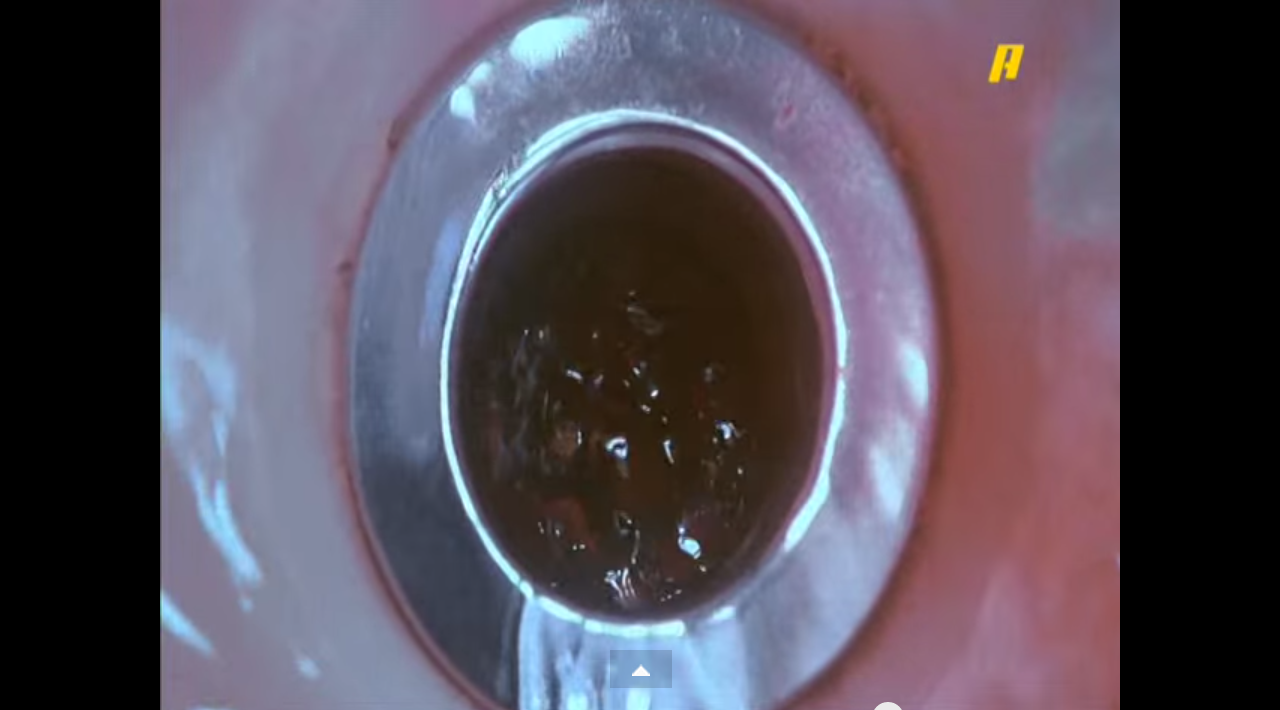
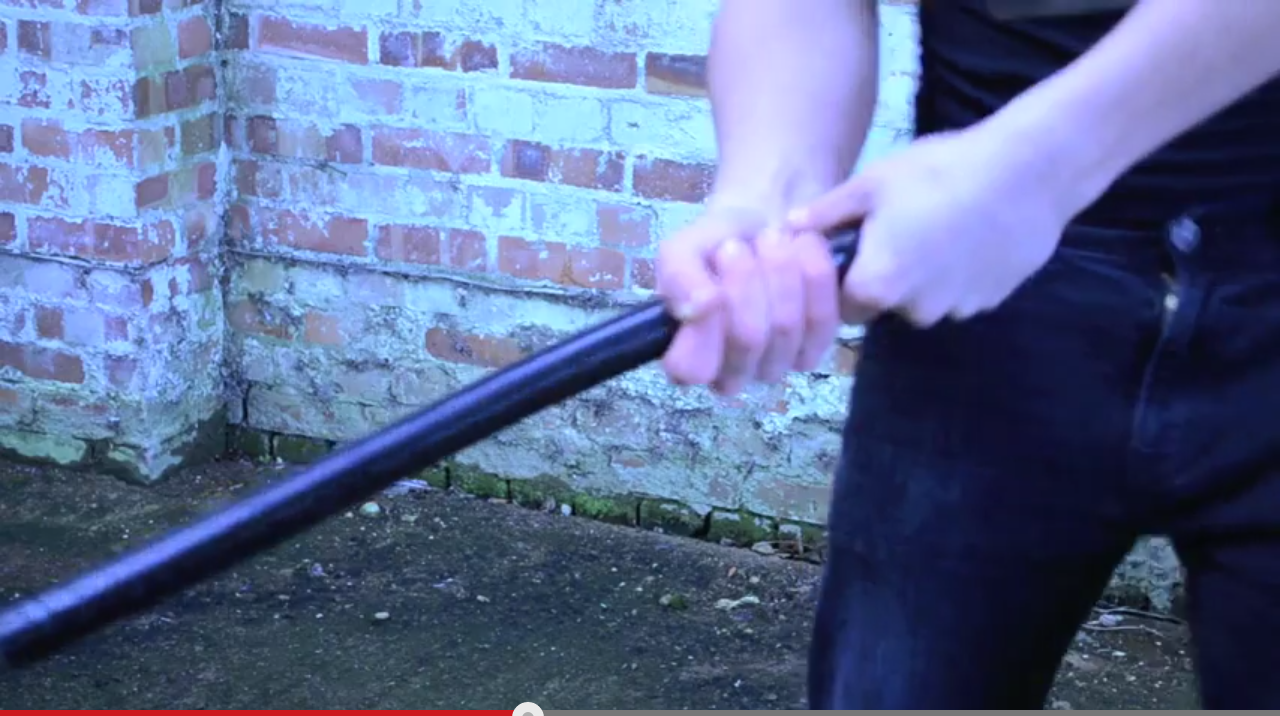
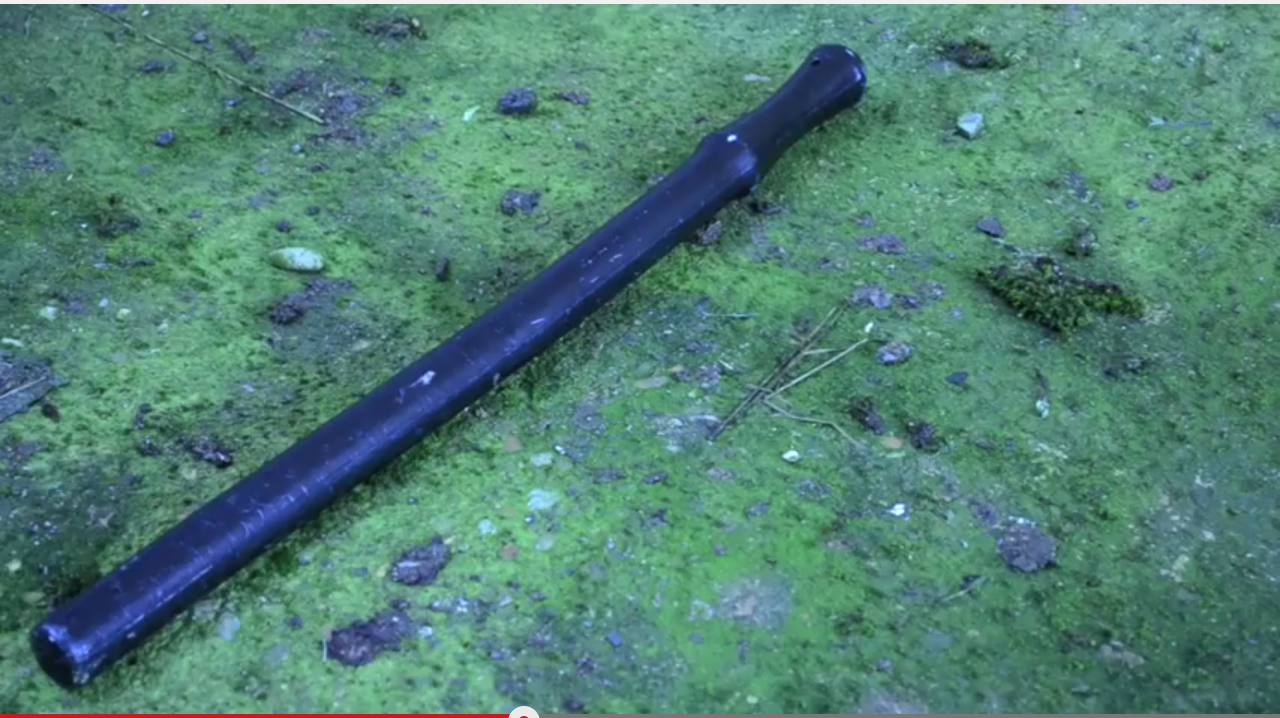
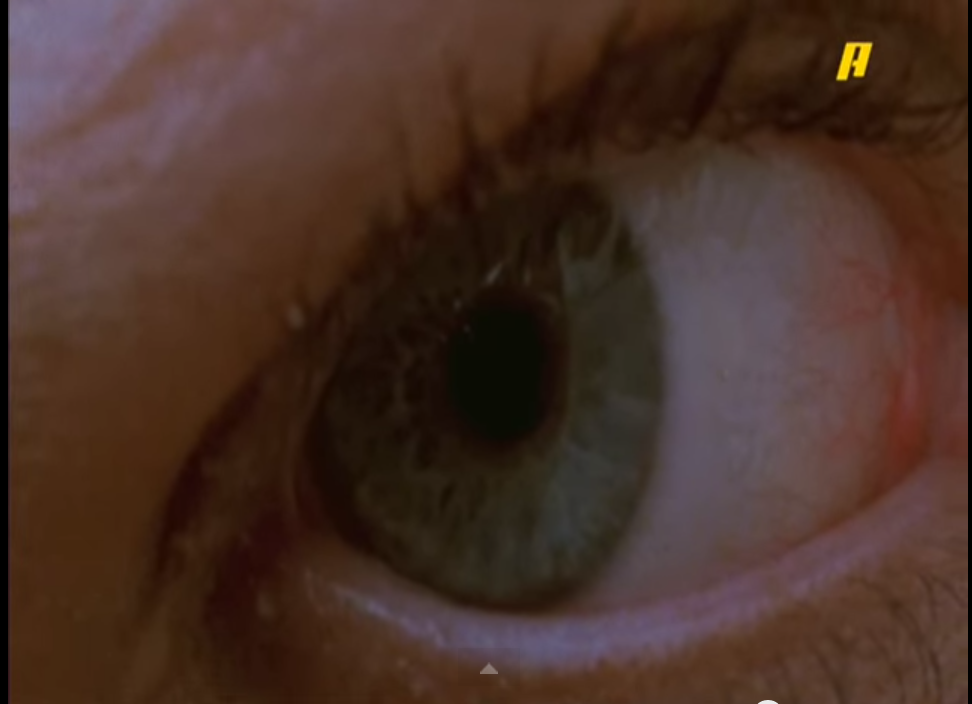
Mise en scene in thrillers that are conventional is the use of weaponry props, to provide the status of the individual, whether they are the antagonist or protagonist, inferior or superior. We used this and provided the weapon to the murderer, portraying his character as more powerful and dangerous. The setting is normally in a quite remote area, providing that sense of being inescapable. For example, in ‘Psycho’, we are shown the setting of which a murder had occurred, this low angle viewing and extreme long shot, establishes the area as being cut off from civilisation as the audience are shown nothing but the single house and nothing else surrounding it, making it seem isolated into nothing but darkness, we again used this to manipulate the atmosphere as being isolated and inescapable. The use of sound in thrillers makes scenes more dramatic and helps hint significant parts of the film. The sounds will often start slow paced and will slowly build up, keeping the audience tense, types of sound will include many stings and non-diegetic sounds which is incidental – all of these will build tension as the emphasises scenes which may have danger within (music becomes more tense and fast). For our production we did use this convention of sound by using incidental non diegetic sounds to accompany the tension build. Our sound was composed in 'Garageband'.
Clothing of the character is chosen wisely in thrillers too, in most cases the protagonist wears bright clothing to represent good whereas the antagonist would wear darker clothing to represent death and hopelessness. As you can see from the film ‘Home front’ the type of costume distinguishes clearly on who is the protagonist and who is the antagonist; the bright clothing worn by the two individuals in the first shot expresses their good will, whereas in the shot below, the dark and dull costume worn hints that this person is parallel to the colour of his clothing – dark and unhappy, giving connotations of death. We used the typical colour choice for our innnocent victim of wearing white to connote his innocence, while we used black clothing for the murderer to connote death. The lighting in thrillers is mostly dark and low key which lacks in vibrancy, all to give no expressions of hope within the film, keeping and maintaining the hopeless atmosphere to keep tension throughout. The main characters set out in a thriller are protagonists, antagonists and innocent victims – depending on the sub-genre of the thriller, these can be different each time, for an example, in crime thrillers, the protagonist could be a detective/police enforcement, the antagonist could be a murderer or a prisoner.


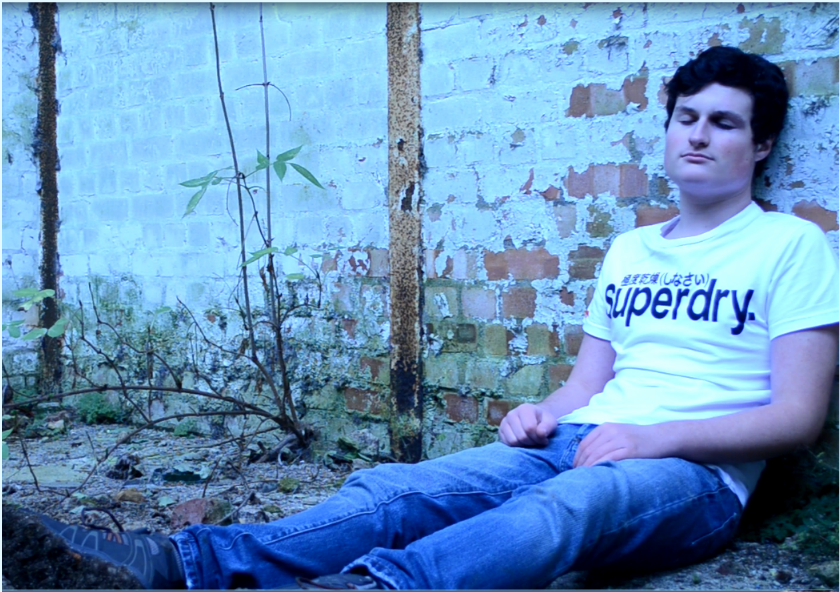

(Our production)
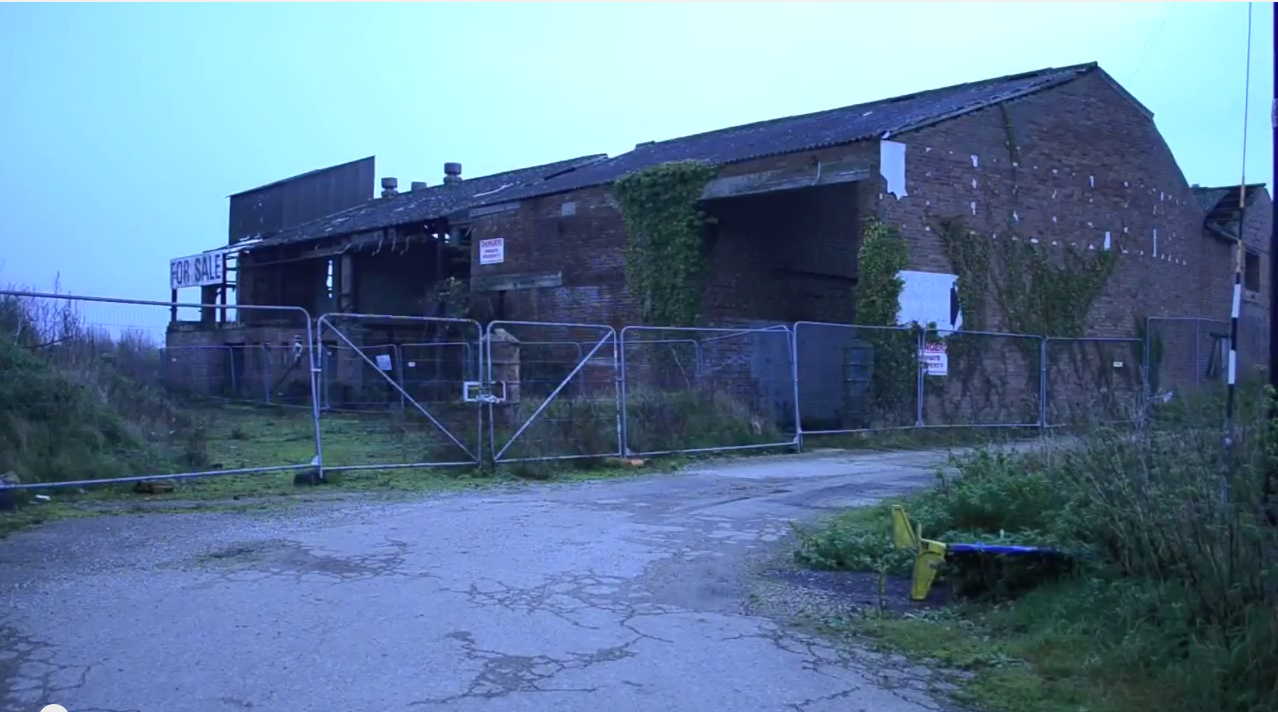
(Our production)
The narrative of a typical thriller film will have aspects of anticipation and suspense, this leads the audience to be intrigued further into the film as the suspense and tension given off will lead the audience to want to know what happens next. The main feature of a thriller film is set against a problem (often a murder) which then leads to a mission, mystery or an escape and then a conclusion of the problem being solved or a cliff-hanger. Making a narrative complex and not obvious leads to an effective thriller, editing such areas as dual narratives/cross cutting and flashbacks makes the film seem more intriguing as this can aid tension very well, by keeping the audience thinking and keeping them focused on one thing (making them unwary) allows the use of jumps to gain much more excitement as the audience will be ‘thrilled’.
One thriller opening that did inspire us and influence our work was the film ‘Se7en’, mostly the editing used in the opening helped me with some ideas when it came to structuring our production and how we are going to make shots flow. The editing in Se7en is used to make the sequence seem disorientating and chaotic. I liked how they structured each shot by the use of a fade and a dissolve, making the sequence disorientating and confusing, it made it unique and interesting as the editing was used specifically to depict certain things about the film such as the chaotic themes the film may include. It made the sequence flow intriguingly as the superimposed images made it smoothly change shots – this inspired me to include many fades for it to flow but to also hint flashbacks and to hint time passing. The shots above also show that Se7en uses a lot of close ups and extreme close ups, this keeping the audience wanting to know more as they are shown very little, making the thriller effective as it shows little detail, leading to it be more intriguing, this then inspired us to use a lot of close ups to gain more tension and make the audience want to know more and watch more to find out the purpose and why specific shots were shown.


The props used in Se7en all relates to something: investigation. The use of newspaper cuttings, pictures and notes with areas of editing, all could relate to a type of investigation, maybe showing us that they're picking pieces and putting them together to form a conclusion. This inspired us with our titles, we made a production and set it out on a sub-genre of crime and so by using newspapers and the way Se7en had used them can relate very well with our narrative, overall it influenced our group to set titles up on a notice board, adding up evidence with the use of newspapers as evidence helpers – this relates to our narrative as in investigating a crime, you would normally see evidence being pieced up and we normally see this on a board in a detectives office.



We used the conventions of typical thrillers to frame and adjust our camera shots to give off specific expressions. As you can see we used similar types of camera use as the film ‘Se7en’, where we used a lot of close ups and extreme close ups. We mostly used these shots on weapons/evidence shown to emphasise the danger it can bring, we wanted to clearly show the lethalness and connote death. These shots also allow the projection of mystery due to its specific framing, it cut's out any other area and focuses the attention to the blade in se7en and the knife in our production. It also hides the identity and almost hints the narrative by the depictions relating to investigation.
For editing we used was quite a lot of fades and dissolves to give the effect of slowed time as it kept the atmosphere tense as it builds up to the final reveal of the dead victim. Our editing was again similar to ‘Se7en’ with the use of superimposed images to suggest chaotic themes and to disorientate the audience, making then confused but yet interested. The transitions were however quick to keep that fast paced feel and maintaining tension throughout. Our editing was also similar to the film 'Snatch', as we used a lot of graphic match editing just as Snatch to give the film a smooth flow.


For the detective role we used a typical detective attire. This included formal wear, we did this due to the clear depictions it gives, the opening of our production shows a man walking into a scene with pieces of weaponry on the floor, without the typical formal attire that depicts a detective such as that of Sherlock Holmes, it makes it unclear that this is an investigation without the formal attire. The white shirt also expresses his good side, expressing to the audience that he is the protagonist through the connotations given off from the white; good, hope, trust. We also used the formal attire for the detective due to our inspiration from the TV show ‘Sherlock Holmes’, Holmes is well known and his type of clothing suggests he is a detective, so by using this in our production, it gives clear representations of a detective. The props used in our production included a baton, rope and a knife. The knife and rope are typical props used in a crime film, such as the one in the screenshot above of the film ‘Psycho’. The knife was used as it connotes pain and anguish that may soon arrive and giving the antagonist a dominant status. With ropes in thrillers we often associate and think of death, in relation to suicide. This prop connotes such feelings of being trapped and restricted, in which we then used it to increase tension. This prop connotes death because it's viewed use of resticting something again seen as a typical object of suicide.






We used the title ‘Classified’ in our film as the representations it gives closely relates to that of investigation and crime therefore good for our ‘Crime’ thriller genre. The term classified meaning to be kept from outside viewers without consent, this portrays the narrative of our film as mysterious as it suggests that the murder shown in the opening is kept from those who need to know (the police), this title is quite conventional of a thriller as normally we have a word associated with the narrative, this is similar to that of the films ‘Psycho’, ‘Divergent’ etc. Our opening suggest the genre due to its investigatory aspects of a notice board with joined evidence, the detective walking through a crime scene and finally the relation of the title, all this relates to crime and clearly suggests our narrative of a Crime/thriller.
The typography we used slightly broke the typical conventions used in that of a professional thriller, instead of using computerised fonts for our credits such as that used in the film 'Gravity', we felt that we needed the opening to seem more realistic. When we think or see evidence boards we do not see many print out notes, however we see handwritten notes next to the evidence and so we decided to handwrite our production cast next to the evidence on the board to give that sense of realism, this is almost similar to that in the film ‘Se7en’, however they edited it on but still made it seem handwritten. We chose a print out of the font for our final title – typewriter font, we decided to use this font due to our polls, which were used to gain audience feedback, in summary it suggested that this font was the best as it fits with our narrative.
The characters were introduced on an evidence board due to we felt we needed to add the board to emphasise the genre and narrative – clearly shows it’s an investigation as it’s connected evidence. Also on evidence boards we normally see pictures of those involved in the specific crime and in this case it is all the people involved in our production. Overall we stuck to most of the conventions of a thriller with the shot types, editing, narrative, all of these were used specifically to aid tension throughout our film.





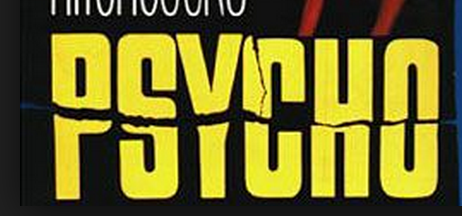
Overall we have used most of the typical conventions in a thriller. In summary, for the shot types , we tried to provide a variety to intrigue the audience. This included the typical use of close ups and extreme close ups to maintain the enigma as the outer area is cut off in the specific framing, little is shown, so in turn allowing anticipation of the audience to be maintained.
For editing, again we kept to typical conventional use, keeping action fast paced with short cut clips and quick transitions. For mise en scene, the costume was again typical with colour representations of black/dark colours being worn by the antagonist to connote death, while innocent victim wearing white to portray his inner good and innocence. The setting we used was isolated, again typical to a thriller film as it alters the atmosphere as being inescapable such as the setting in Psycho.
I think the only convention we challenged in our production was the gender picked roles. Stereotypically we see in many films today, where the innocent victim is almost always a woman, however we challenged this and casted a male to play the role of the innocent victim.